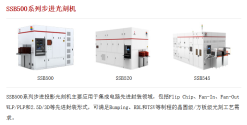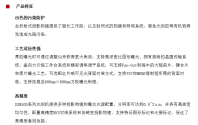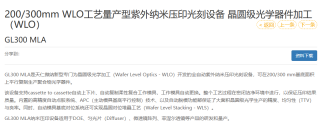Zhongke Feice: Bright field nano-pattern wafer defect inspection equipment has been shipped in small batches.
the bright-field nano-pattern wafer defect detection equipment has been shipped in small batches; its dark-field nano-pattern wafer defect detection equipment has been shipped to some customers' production lines for process development and application verification; the optical critical dimension equipment currently has good verification results on the client side, and is undergoing corresponding testing for delivery to the customer's mass production department." In particular, the investment in bright-field and dark-field equipment is very large. The goal is to complete the verification of the equipment in the customer's production line as quickly as possible and complete localized replacement. "
Chen Lu added.Regarding the current market demand performance of the company's semiconductor quality control equipment, Gu Kainan, director and secretary of the board of directors of China Science and Technology Testing, said that benefiting from the continuous expansion of production capacity of domestic wafer fabs, the domestic semiconductor equipment industry is in a period of rapid development.It is worth mentioning that in recent years, applications such as AI and computing chips have brought many technological innovations to integrated circuit manufacturing, including 2.5D and 3D packaging used in HBM. These process innovations have also put forward higher requirements for detection and measurement equipment.
wafer defect detection tool:

CD measurement tool







